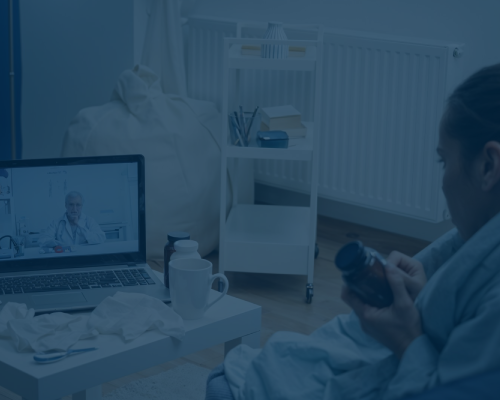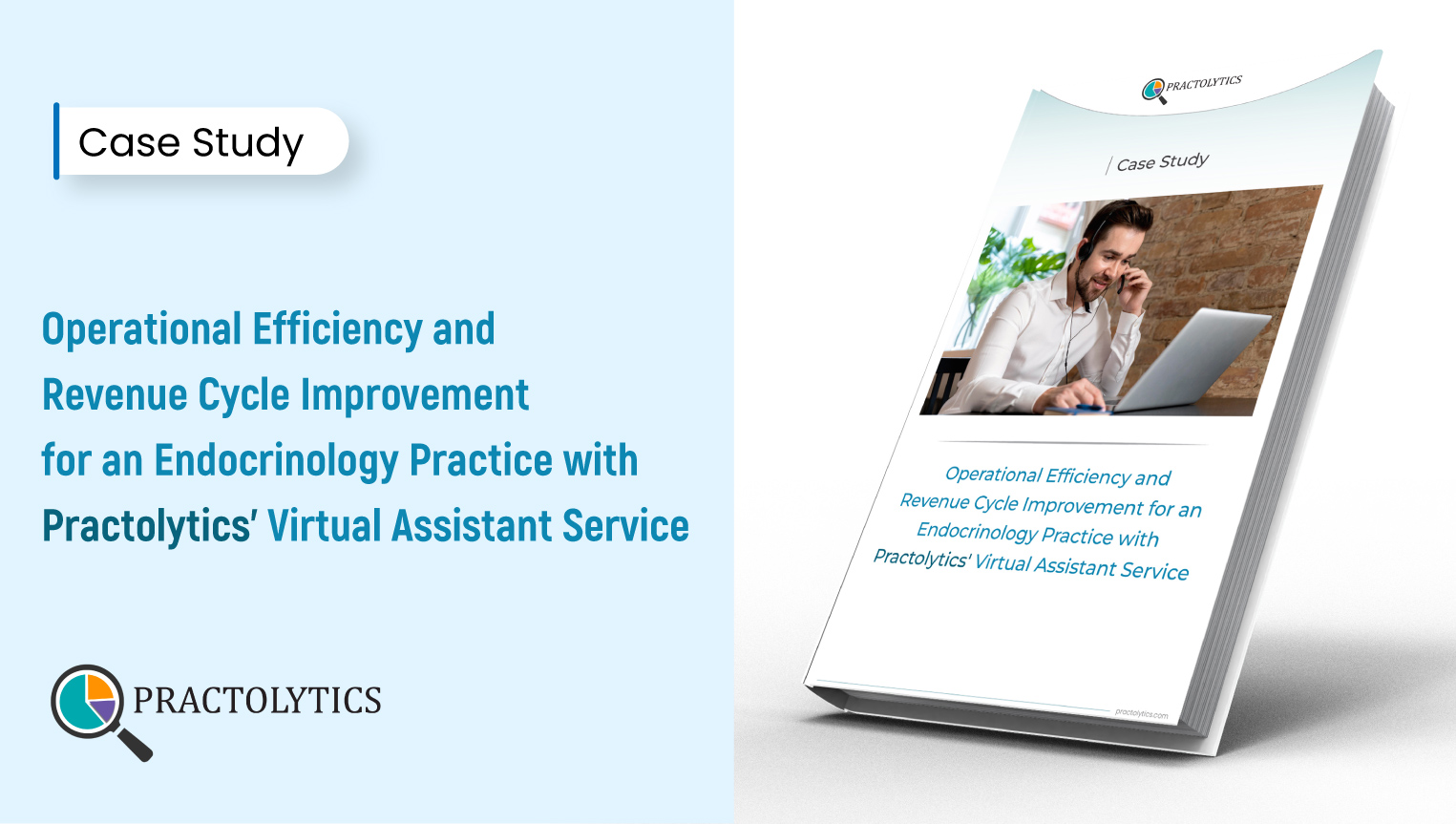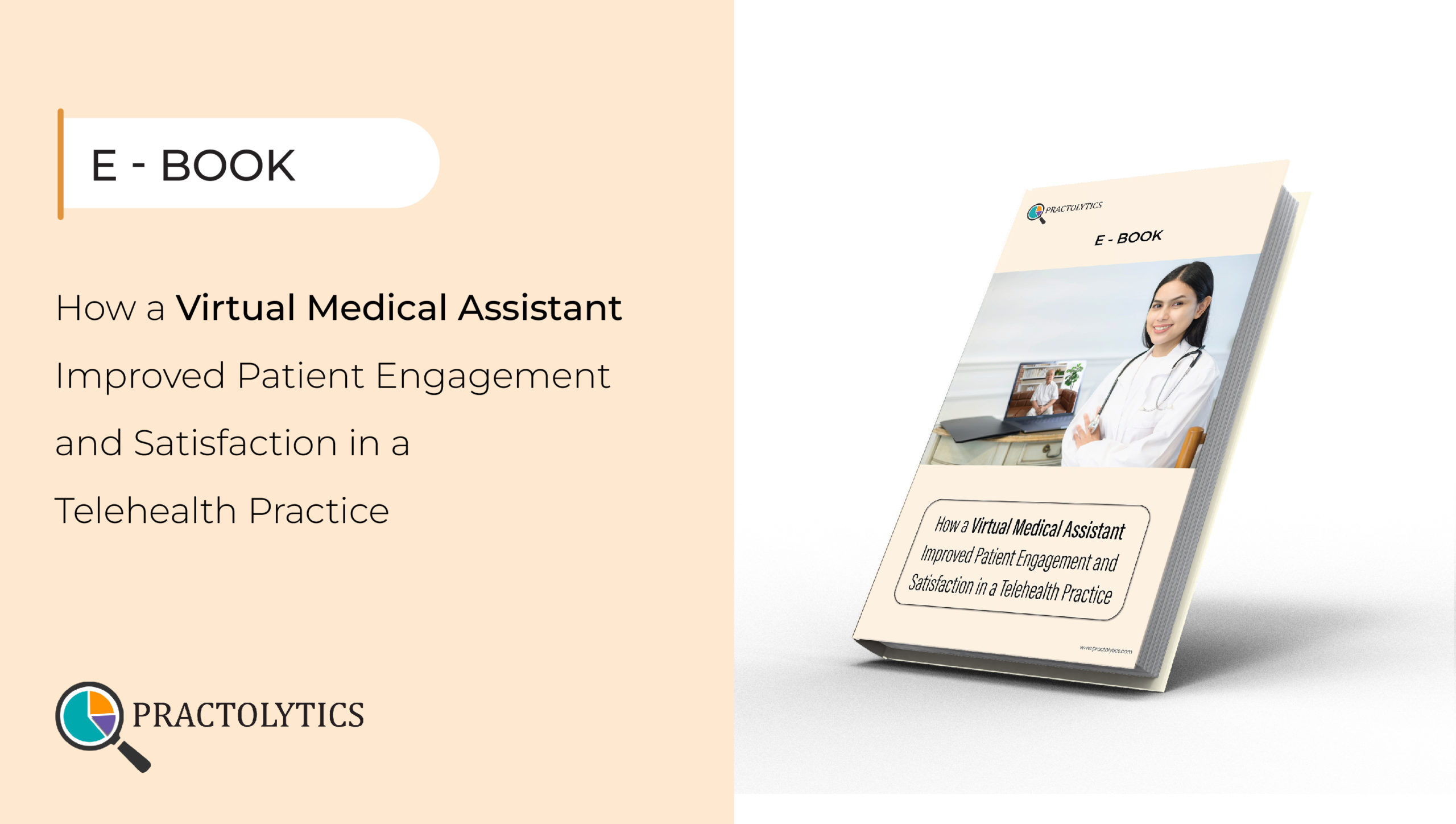Remote Patient Monitoring Services
Remote Patient Monitoring Services is no longer a futuristic idea—it’s here, it’s working, and it’s helping medical practices make real-time care a reality for patients outside the clinic walls. If you’re a medical professional, you already know that patient care doesn’t stop once the patient leaves your office. That’s where Best Remote Patient Monitoring Services steps in. But here’s the twist—there’s more to RPM than tracking vitals remotely. Let’s talk about the untapped power of RPM when it’s implemented with strategy, supported by technology, and managed with precision.
Going Beyond the Basics with VPM Services Integration!
Remote Patient Monitoring Services is more than just monitoring; it is about involvement, early action, and improved outcomes. However, incorporating RPM into your medical workflow is not always a simple process. Successful integration entails ensuring that devices are connected to EHRs, data flows in real time, and providers are not inundated with alerts and unnecessary notifications.
A 2023 study published in JMIR Medical Informatics found that practices employing structured RPM programs reduced hospital readmissions by 28%. That’s not just impactful; it’s transformative. But to reach that level of effectiveness, practices must go beyond installing monitoring tools. You need intelligent algorithms, actionable data, and clear clinical workflows.
Data Overload? Not with Smart Filters

One of the biggest headaches with the top 10 Virtual Patient Monitoring Companies? Data overload. No one has time to scroll through a mountain of data points every day. That’s where smart VPM systems come in. With the right tools, the data gets filtered by urgency, trends get flagged, and only the important stuff gets through. No more drowning in graphs and numbers.
Instead of seeing 100 graphs, you’ll get something like this: “Mr. Thompson’s blood pressure spiked three times in the last 48 hours, above his normal baseline.” Now that is the kind of info your team needs to act on—quickly and efficiently.
Scaling RPM Without Burning Out Your Team
Here’s a common concern among practices: “We love Virtual Patient Monitoring Healthcare, but we don’t have the staff to monitor 200 patients every week.” You’re not alone. Many clinics struggle with the growing demand of continuous monitoring. The secret lies in automation and clinical support systems.
AI-driven dashboards and rule-based triage are not buzzwords—they’re lifesavers for overworked practices. They ensure that your team doesn’t have to babysit every alert. Combine that with dedicated care coordinators or outsourced virtual nurses, and you’ve got a sustainable model that can grow as you do.
Reimbursement Realities You Should Not Miss!

Let’s talk numbers. Did you know that Medicare reimburses up to $123 per patient per month for Virtual Patient Monitoring telehealth services (based on CPT codes 99453, 99454, 99457, and 99458)? That means a practice monitoring 100 patients monthly could potentially generate $12,300 in additional revenue—recurring, predictable, and scalable.
But of course, billing for VPM isn’t as easy as ticking a checkbox. You need to ensure every minute of monitoring is documented, communication logs are recorded, and billing is accurate and timely. Practices that build a compliant billing system around their VPM program can see consistent returns without compliance headaches.
Personalization Makes All the Difference in Outcomes!
Not all patients are the same—and neither should your monitoring strategy be. Remote patient monitoring devices works best when tailored. For instance, diabetic patients benefit from glucose and weight monitoring, while hypertensive patients need real-time blood pressure checks. Smart RPM programs segment patients by condition, risk level, and treatment goals. This personalization boosts engagement and improves adherence.
According to a 2022 report by top Patient monitoring companies like Deloitte, patients in tailored RPM programs were 3 times more likely to complete their care plans than those in generic RPM pathways. That’s not just technology working—it’s strategy in action.
Outsourcing Is the Secret Weapon for Long-Term VPM Success!!!

If you’re looking to manage Remote Patient Monitoring Companies without growing your team or budget, the answer is simple—outsource it. Partnering with virtual patient monitoring experts gives you tools, clinical support, billing, and compliance in one place. No growing pains, no missed claims—just results.
Remote Patient Monitoring (RPM) faces several challenges but also offers impactful solutions. Integrating RPM into clinical workflows can be difficult, but linking it with EHRs, real-time data flow, and automated alerts enhances patient care and reduces hospital readmissions. Data fatigue is another issue, addressed by smart filters, urgency-based alerts, and trend tracking to ensure focused care and reduce clinician burnout. Scaling RPM is tough with limited staff, but automation, AI dashboards, and virtual support enable sustainable growth. Reimbursement complexities are resolved through accurate documentation, timely billing, and compliance systems, leading to predictable revenue. Generic Remote Patient Monitoring solutions often lack personalization, but tailoring strategies by condition and risk improves outcomes and engagement. Lastly, partnering with RPM experts for full-service support helps reduce internal strain, overhead, and improves patient care.
Why Practices Nationwide Choose Practolytics for RPM Support?
At Practolytics, we don’t just provide RPM services—we build RPM ecosystems designed for your success. We partner with practices of all sizes to deliver scalable, compliant, and revenue-positive RPM programs that integrate directly into your workflow.
Our team helps you select the right devices, integrate with EHRs, set up automation, document every interaction, and ensure accurate billing so you don’t leave money on the table.
The result? You stay focused on your patients in person while we keep an eye on them remotely. We help practices like yours boost revenue, reduce readmissions, and create better patient experiences—without adding to your overhead.
Ready to make your Virtual Patient Monitoring strategies work for you?
Let Practolytics show you how remote care can be simple, effective, and profitable. Connect with us to build a smart, seamless solution for your practice.
Resources
Enhancing Efficiency & Revenue with Virtual Assistant Service
Learn how Practolytics Virtual Assistant Service transformed an endocrinology practice by reducing admin burdens, minimizing errors, and enhancing revenue & care.
Where It All Began: The Burden Behind the White Coats
Texas family medicine practice improved efficiency and revenue by overcoming admin burden, billing issues, and delayed reimbursements with smart solutions.
How a Virtual Medical Assistant Improved Patient Engagement and Satisfaction in a Telehealth Practice
Discover how Practolytics’ Virtual Medical Assistants help telehealth practices improve patient engagement, reduce stress, and streamline communication.
FAQ's on Virtual Medical Assistance
How much does Remote patient Monitoring Services cost?
The variety of technology used, the quantity of observation required as well as the pricing structure of the medical professional are just a few about the variables that the might affect the cost of Remote Patient Monitoring (RPM) services. RPM medications usually run from $100 to $300 per patient per month.
What are the requirements for RPM?
As the use of Remote Patient Monitoring Companies to be effective, certain key components have to be included. Those who qualify need to have any immediate or long-term sickness that the could profit from continuous monitoring. People need to have a connection to RPM tools which can collect and submit health-related information, which can include diabetes billing systems, pulse oximeters, and blood pressure monitors. These devices have to be both recognized by the Food and Drug Administration and be able to transfer data to health care professionals over the internet.
Who can bill for RPM Services?
A qualified medical professionals, include doctors and non-physician practices (NPPs), including clinical nursing experts, medical assistants, and nurse practitioners are able to bill for virtual monitoring of patients services. These healthcare professionals have to be approved for making Medical fees schedule complaints to Medicare.
Is RPM covered by Insurance?
Yes, given certain circumstances, remote monitoring of patients (RPM) can often be provided by coverage, particularly Medicare as well as most insurance companies. Service which includes monitoring chronic illnesses, keeping a check upon their health, and maintaining regular communication among patients and their doctors usually are included.
What conditions qualify for RPM?
Actually, under certain conditions, monitoring patients remotely (RPM) can frequently be returned by insurance coverage, including Medicare and Medicaid, along with most medical insurance companies. Services such as treating long-term illnesses, maintaining up to date upon indicators of health, and keeping ongoing communication between patients and their physicians are usually covered.
Does medicare pay for remote patient monitoring services?
In this eligible beneficiaries, Medicare will actually cover remote monitoring of patients (RPM) services. These kinds of services are accepted by codes for CPT such as 99453, 99454, 99457, and 99458 but come within the broader concept of Chronic Care Management. Individuals having ongoing medical conditions are typically covered under RPM, which is so demands must the monitor device collect and deliver information remotely.









